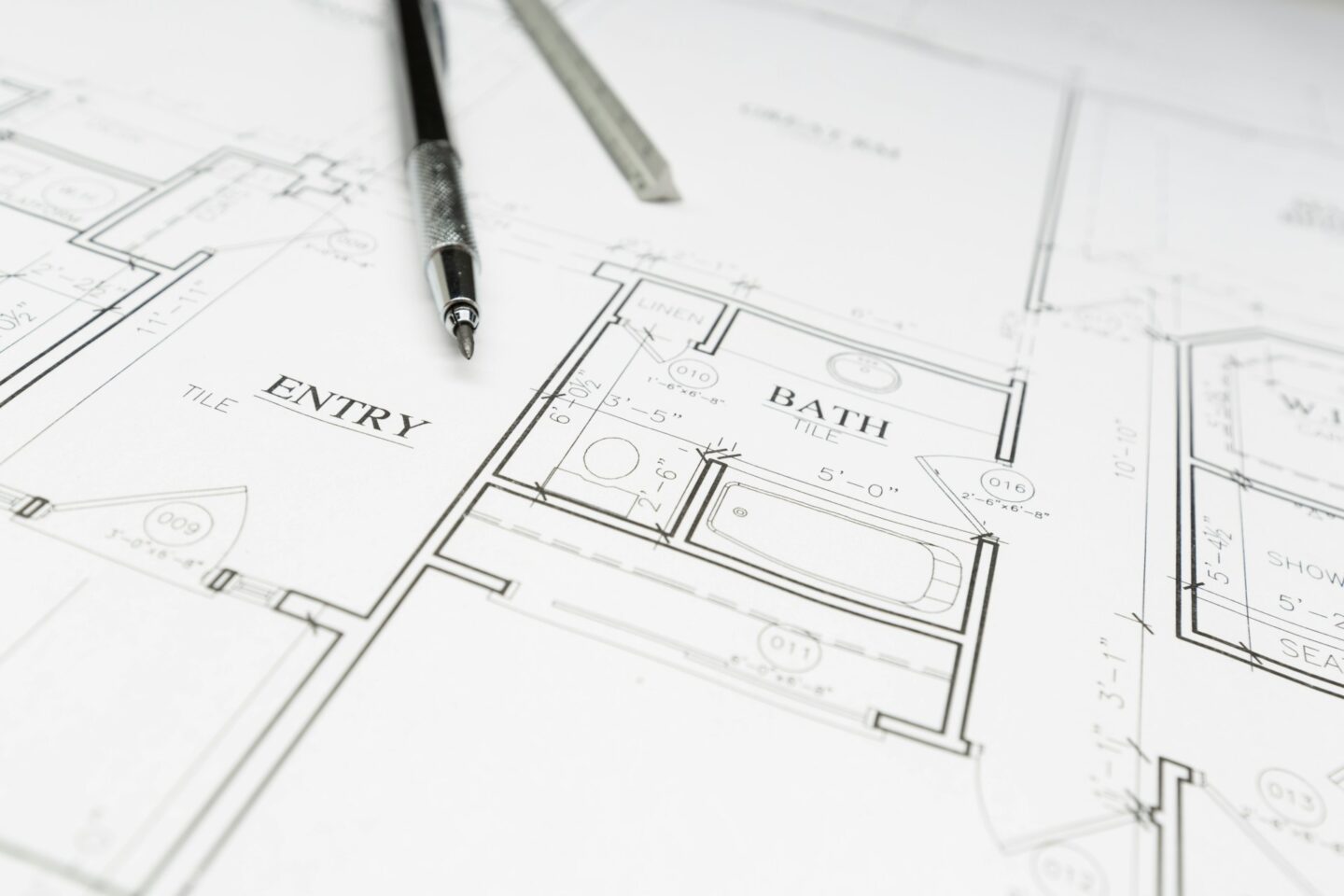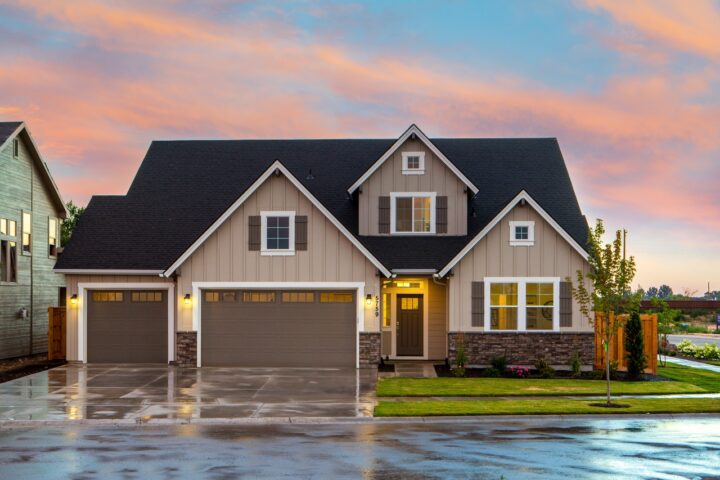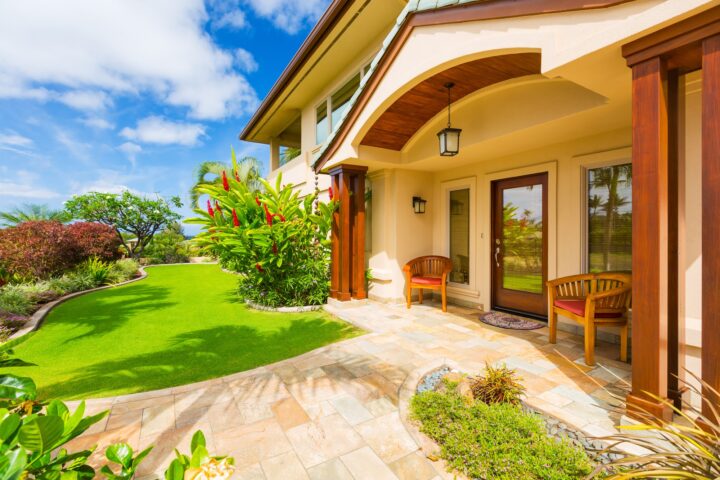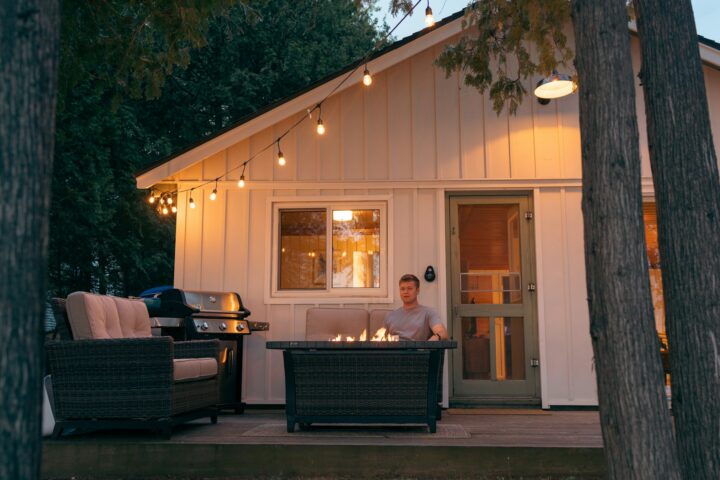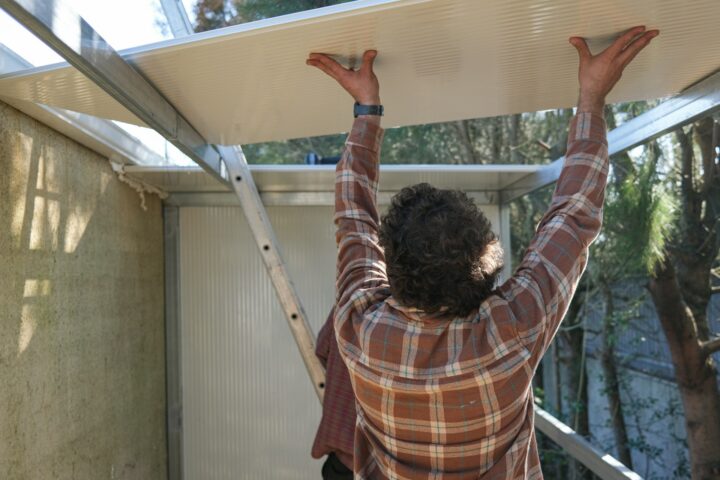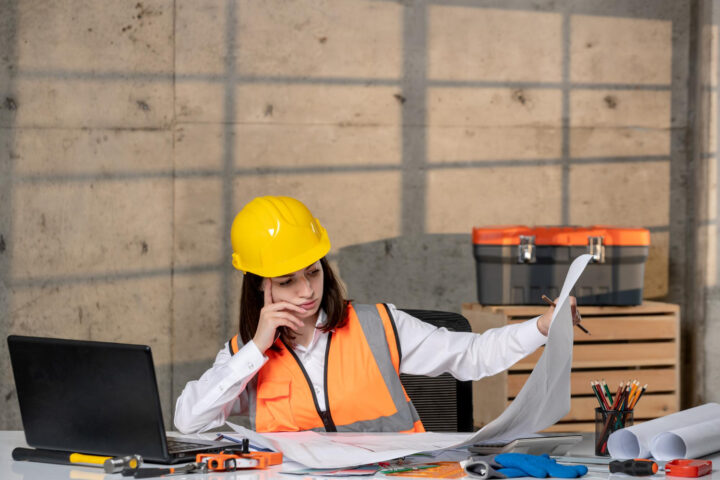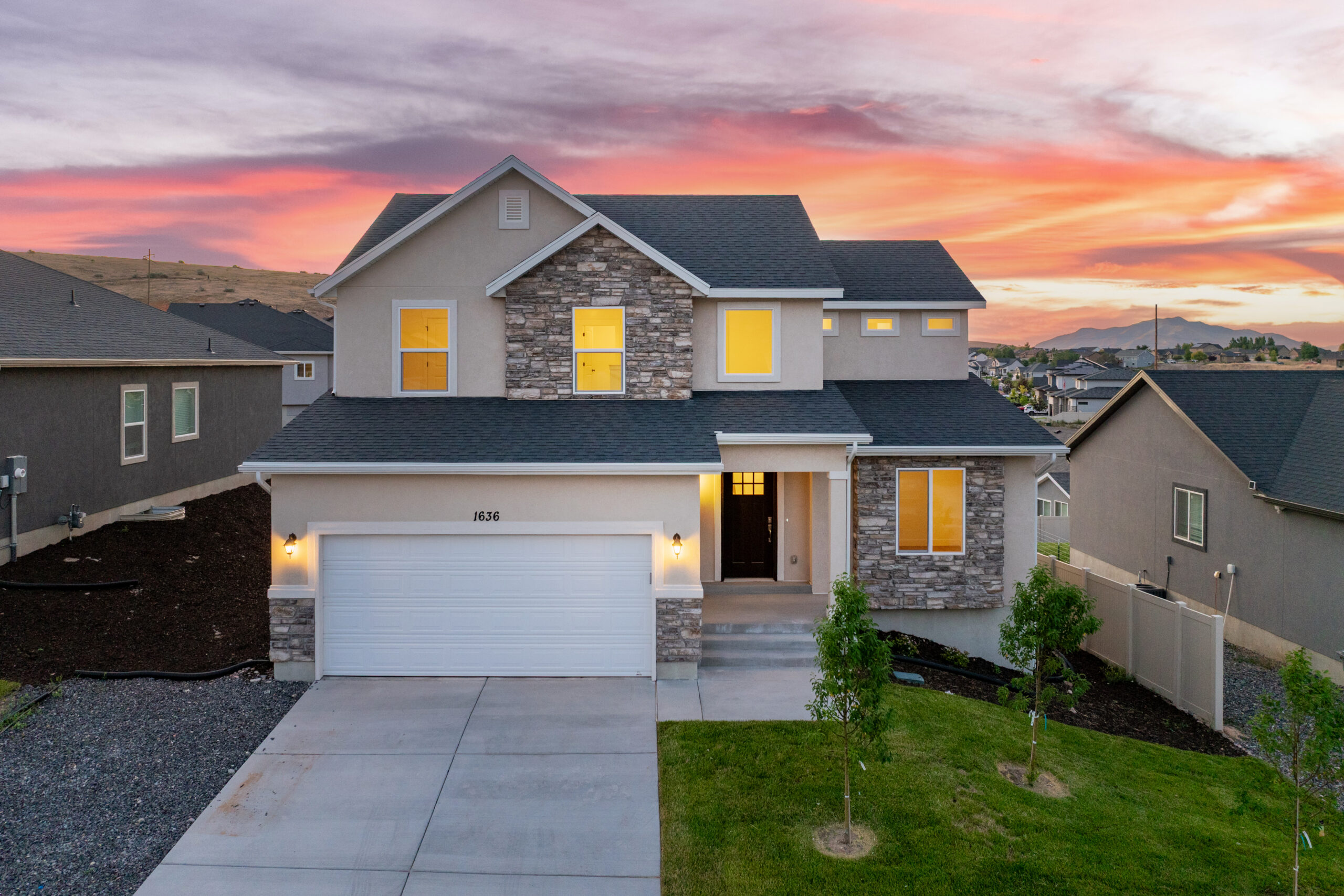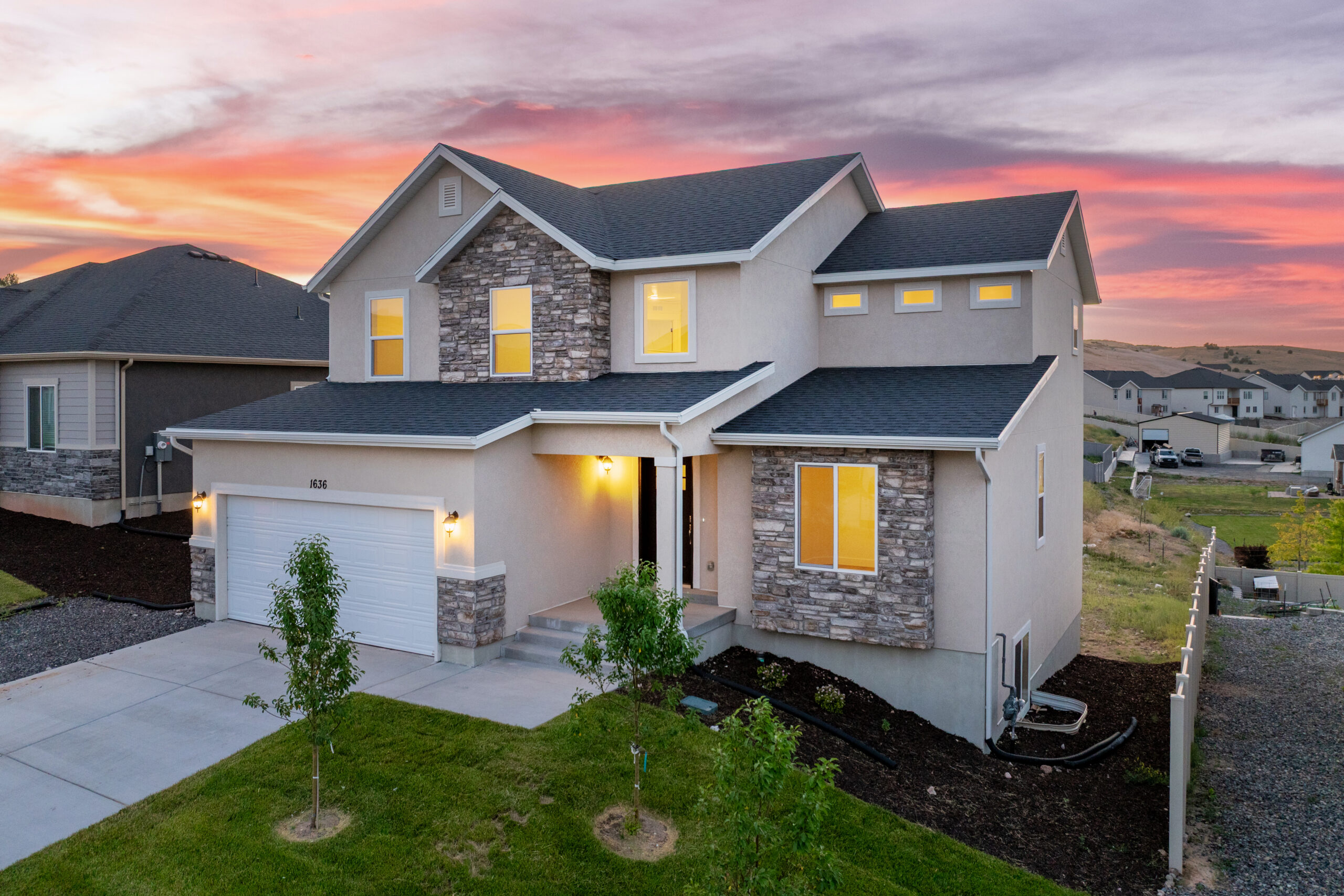Building a custom home in Utah County offers the unique opportunity to create a living space tailored to your specific needs and preferences. This exciting adventure allows you to fully customize your dream home, from choosing the ideal location and design to selecting materials and finishes. However, navigating the custom home building process can be both daunting and complex, particularly for first-time home builders.
In this comprehensive guide, we’ll provide a step-by-step overview of the custom home building process in Utah County, offering expert advice from Salisbury Homes to help you traverse this challenging journey smoothly and successfully. Our goal is to empower you with the knowledge and resources necessary to make informed decisions at each stage of construction, whether you are a seasoned home buyer or just beginning your search for the perfect property.
Initial Planning
As you embark on your custom home project, thoughtful planning will lay the foundation for success. During the initial planning phase, consider these critical components:
- Define your vision: Consider your needs and preferences, from the overall style and layout of your home to specific architectural features and materials you desire.
- Establish a budget: Develop a realistic budget for your construction project, accounting for factors such as land costs, materials, labor, and permit fees.
- Select a builder: Choose an experienced, reputable builder like Salisbury Homes, who understands the nuances of the Utah County market and can guide you through each stage of the construction process.
Securing Financing
As you solidify your project vision and budget, research financing options for your custom home construction. Key options include:
- Construction loans: These short-term loans cover the cost of land, materials, and labor during the construction process. After completion, you’ll typically refinance the loan into a traditional mortgage.
- Traditional mortgages: If you’re purchasing a pre-built home from a builder, you may qualify for a conventional mortgage to finance the home and land costs.
- Government-backed loans: Programs like FHA loans and VA loans may provide accessible financing options, particularly for first-time home buyers and veterans.
- Cash: If you have the means, financing your custom home with your savings ensures no mortgage payments and streamlined construction financing.
Choosing the Ideal Location
Your custom home’s location will significantly impact its desirability and long-term value. When selecting the perfect lot, keep these factors in mind:
- Neighborhood: Consider the community’s amenities, schools, proximity to work, and local conveniences when evaluating potential neighborhoods.
- Topography: Review the lot’s natural features, such as slopes, drainage, and soil composition, as they can impact construction costs and design choices.
- Utilities and infrastructure: Investigate the availability of utilities (electricity, water, sewer, and gas) and access to public infrastructure (roads, sidewalks, and streetlights) at your desired lot.
- Zoning and regulations: Familiarize yourself with zoning requirements and building regulations to ensure your custom home project aligns with local restrictions and guidelines.
Designing Your Dream Home
Collaborating with your architect and builder, translate your vision into a functional custom home plan. This design phase centers around several key elements:
- Layout: Develop a floor plan that caters to your needs and lifestyle, considering factors like open-concept living, bedroom counts, and flexible spaces.
- Architectural style: Select a design style that reflects your personal aesthetic, whether it’s modern, farmhouse, traditional, or something completely unique.
- Interior finishes: Choose materials for flooring, cabinetry, countertops, paint, and lighting that convey your desired ambiance and align with your budget.
- Exterior finishes: Opt for siding, roofing, and landscaping materials that complement your home’s architectural style and boost curb appeal.
Collaborating with Your Builder
As you journey through the custom home building process, maintaining open communication with your builder is crucial. Foster a strong partnership by:
- Discussing progress: Regularly consult with your builder to discuss project milestones, address concerns, and provide input on design choices.
- Visiting the construction site: Tour the work site periodically to ensure construction aligns with your expectations and avoid any misunderstandings.
- Resolving issues: Should you encounter any issues or changes, collaborate with your builder to develop solutions and keep the project on track.
Final Inspections and Move-In
In the final stages of your custom home project, expect these steps before moving into your new home:
- Final inspections: Ensure your builder addresses any outstanding issues, such as touch-ups or fixes, before scheduling official inspections.
- Building department approval: Obtain necessary permits and approvals from local building authorities to ensure your home is code-compliant.
- Move-in preparations: Arrange for utilities and service connections, acquire homeowners’ insurance, and schedule your move-in date.
- Closing on your home: Finalize financing arrangements, such as transitioning from a construction loan to a mortgage, and close on your custom home.
Conclusion
Building a custom home in Utah County requires meticulous planning, informed decision-making, and unwavering collaboration with a skilled builder. By following our comprehensive guide, you can confidently navigate each stage of the construction journey and create your ideal living environment. Trust the expertise of Salisbury Homes to guide you through the custom home building process, ensuring a seamless and successful project from start to finish. Contact our Salisbury builders now!

